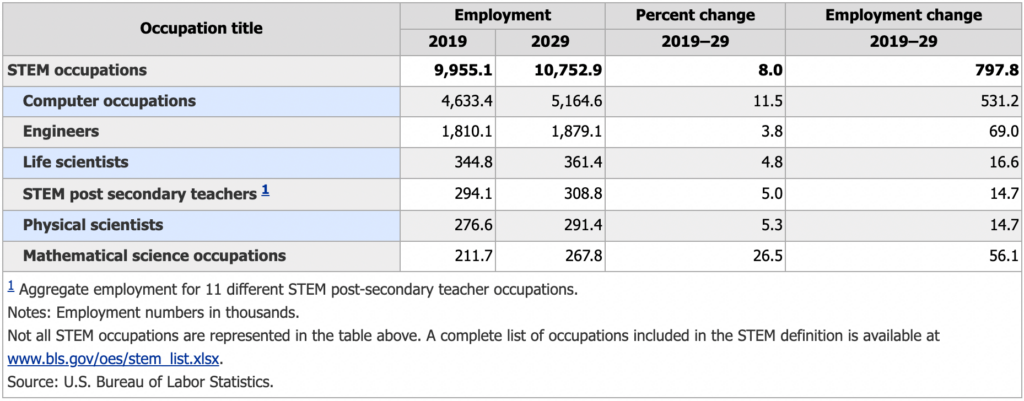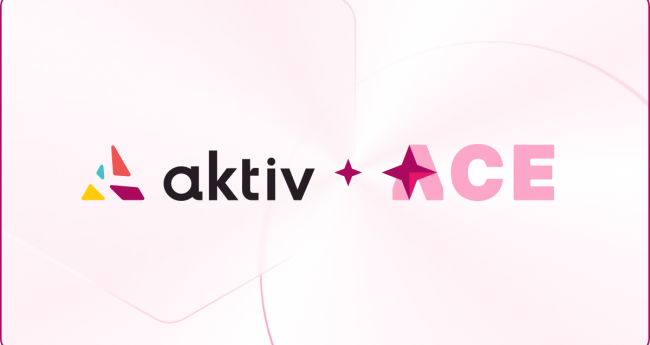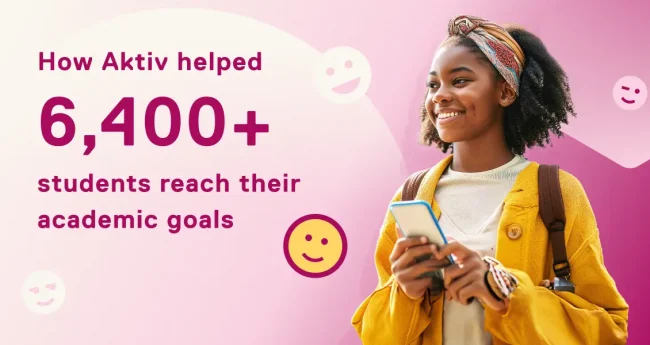Attrition Crisis: Why Students Leave STEM
Of all undergraduate degrees earned, only 18% are awarded to STEM students. This represents less than half of students who start out as STEM majors. This loss comes from students switching to non-STEM majors or failing to graduate. Meanwhile, STEM jobs, which pay higher-than-median salaries, are projected to grow by 8%. There is no lack of career opportunity for STEM graduates, so why do so many students leave?

There are several factors that contribute to students switching to a non-STEM degree track or leaving college altogether. By looking at these reasons, we can begin to understand how universities can better support students and instructors to encourage retention and increase STEM graduation rates.
Many students who enter college interested in STEM make the decision to switch due to poor teaching. In fact, when it comes to foundational science courses, traditional lecture formats coupled with large class sizes leave many students floundering. As students come into university with varying levels of preparedness, these approaches do little to help level the playing field, often leaving students who especially need a leg up to fall behind. As a result, these courses often act as “gatekeepers” and struggling students either switch majors, or worse, leave college altogether.
It’s Time For a New Approach
We now understand that the first two years of college are crucial for retention among STEM majors. In order for students to persist and succeed, they need their foundational science courses to have a student-centered approach. Instructors need to adjust their teaching to better serve their students. From smaller class sizes and/or the ability to better utilize classroom spaces to allow for active learning — STEM instructors, powered by institutional support, need to change their approach.
Other types of institutional change are needed as well. Universities need to readdress how they assess faculty performance and reward superior instructional approaches. As it stands, many of the foundational “gatekeeping” classes in STEM are taught by the least-valued members of the academic community — adjuncts (who are often teaching at multiple schools simultaneously), associate professors, and/or graduate student teaching assistants (TAs). Those that provide the best experiences and outcomes for their students may go unrecognized due to how universities rate and evaluate their faculty.
How Universities Can Create Meaningful Change
Universities can create institutional change and better support STEM students by changing assessment practices overall. Not only must these institutions improve how instructors are assessed for performance but how incoming students are evaluated for placement as well. Students who need more prerequisite exposure to challenging courses like chemistry and foundational math need to be identified and properly supported. Instructor assessment needs to be migrated away from student evaluations to peer-reviewed models where instructors can not only assess each other, but learn from and support one another in meaningful ways.
Beyond assessment, universities need to invest in excellent educators who can demonstrate success for their students, not just rank high on evaluations. The current focus often leans too heavily towards subject matter experts who may be excellent researchers but subpar instructors. Universities need to be prepared to invest in ongoing education for its educators, help them build up their communication skills and develop effective teaching styles and strategies.
As universities do the work to help their STEM educators build up their teaching skills, schools also need to invest in approaches and tools that have been proven to improve student outcomes. Active learning approaches are far easier to implement when there is both departmental and institutional support as well as flexibility in classroom spaces to support alternate models such as flipped classrooms, small student discussion sections for large classes, alternative weighting and grading schemes, and collaborative teaching and support models.
Beyond structural changes, universities can help STEM students succeed by investing in educational technology (edtech) that help students strengthen their skills in ways that are meaningful. These technologies should help level the playing field while supporting devices that students already own, like their mobile phones or tablets. Using these devices, effective edtech should help scaffold student learning and help instructors implement effective retrieval practice to support and reinforce their in-class learning. For instructors, these tools need to make building assignments, activities, quizzes, and exams easy, to help streamline course administration and allow instructors to focus on their students, rather than assignment creation and grading.
Setting STEM students up for success starts at the foundational institutional level — instructors need support in providing superior experiences. These fundamental changes may seem challenging for universities to implement, but the benefit will make every ounce of effort worthwhile and the results will speak for themselves.
Want More STEM News?
Follow us on Twitter to receive updates on the latest news in chemistry education research right in your home feed!





